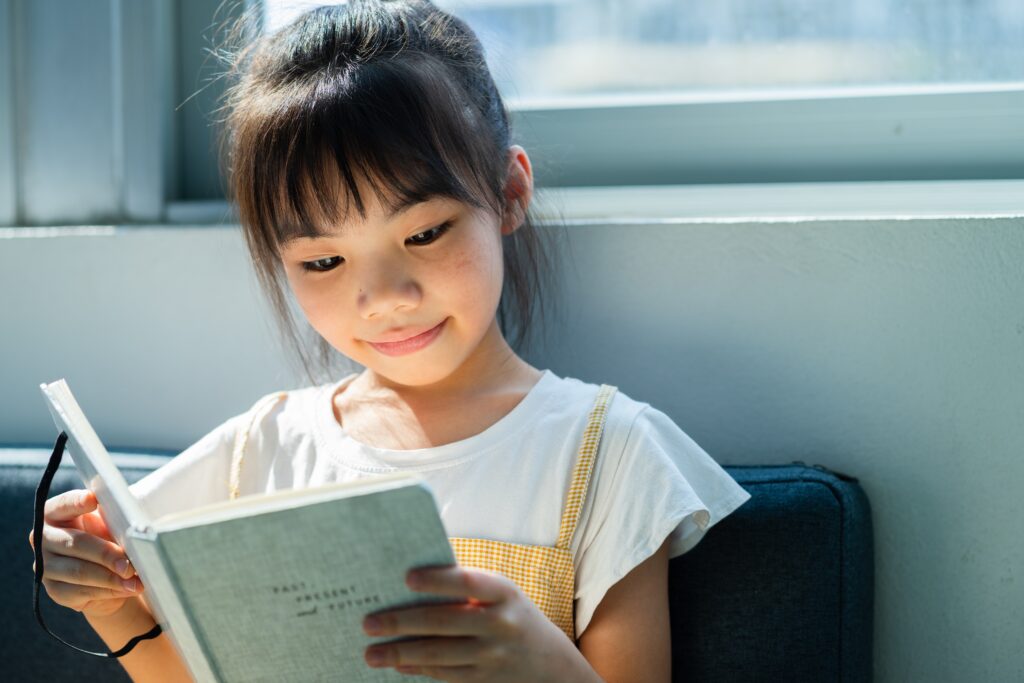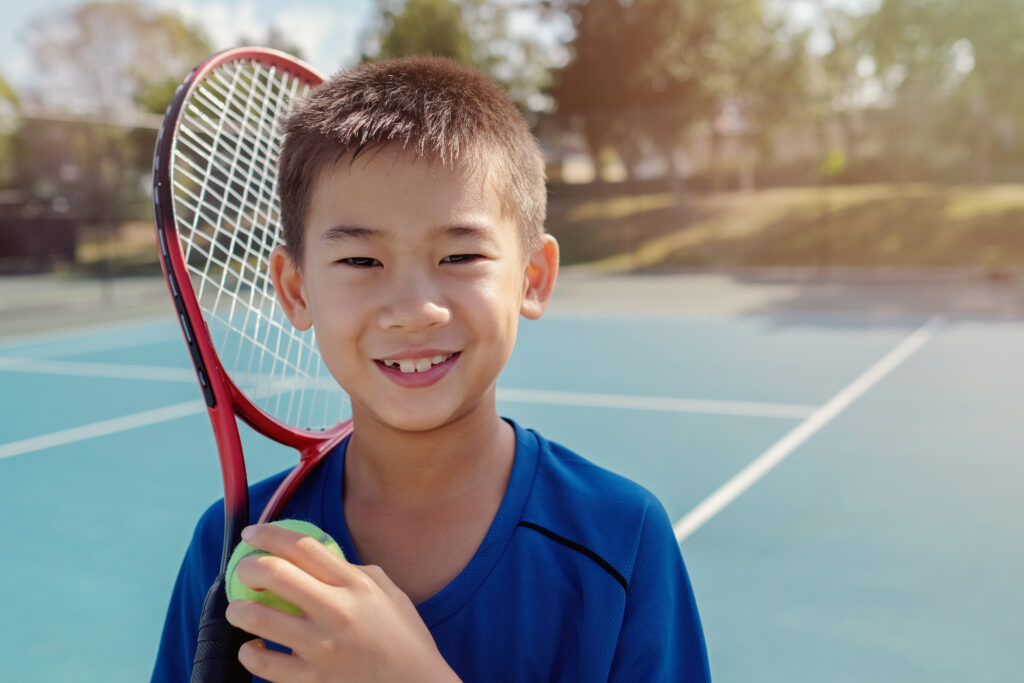
_______
MYOPIA CONTROL PROGRAM FOR KIDS
_______
SLOW DOWN, MYOPIA!
Myopia occurs when the child’s eyeball grows longer, seeing far objects becomes blurry. As the child’s myopia power increases, the longer the eyeball will be. This increases the risk of potential eye diseases such as:
- 2X higher risk of Retinal Detachment
- 60X higher risk of Macular Degeneration

_____
MYOPIA CONTROL
PROGRAM FOR KIDS
_____
SLOW DOWN, MYOPIA!
Myopia occurs when the child’s eyeball grows longer, seeing far objects becomes blurry. As the child’s myopia power increases, the longer the eyeball will be. This increases the risk of potential eye diseases such as:
- 2X higher risk of Retinal Detachment
- 60X higher risk of Macular Degeneration
______
Correcting
Myopia VS
Controlling
Myopia
______
By wearing glasses, myopia can be corrected and the child can see clearly. However, just wearing normal glasses does not prevent myopia from increasing year on year!
Our aim is to Control Myopia progression and keep myopia as low as possible. The good news is, there are scientifically proven treatment methods to slow down the progression of myopia.
_____
Correcting Myopia
VS Controlling Myopia
_____
By wearing glasses, myopia can be corrected and the child can see clearly. However, just wearing normal glasses does not prevent myopia from increasing year on year!
Our aim is to Control Myopia progression and keep myopia as low as possible. The good news is, there are scientifically proven treatment methods to slow down the progression of myopia.

______
IS THERE A HURRY?
______
Myopia progression is fastest between the age of 7 to 12 years old. The younger a child develops myopia, the higher the risk of them developing high myopia. So we will want to see them early.

_____
IS THERE A HURRY?
_____
Myopia progression is fastest between the age of 7 to 12 years old. The younger a child develops myopia, the higher the risk of them developing high myopia. So we will want to see them early.
______
HOW DO WE CONTROL MYOPIA?
______
There are new technologies that can slow down myopia progression by up to 67%*, including:
- Speciality Spectacle Lenses
- Soft Contact Lenses
- Orthokeratology (Ortho-K / OK Lens)


_____
HOW DO WE
CONTROL MYOPIA?
_____
There are new technologies that can slow down myopia progression by up to 67%*, including:
- Speciality Spectacle Lenses
- Soft Contact Lenses
- Orthokeratology (Ortho-K / OK Lens)
______
MYOPIA CONTROL
SOLUTIONS
______

LIFESTYLE AND VISUAL HABITS
More outdoor time of 90 mins a day under the sun has shown to delay the onset of Myopia

SPECIALITY SPECTACLE LENSES
The least invasive option with high efficacy rate of 67% control rate. Good for kids who are not ready for contact lens wearing.

MYOPIA CONTROL CONTACT LENS
Able to control myopia up to 59%*. Active kids who play sports is able to go glasses-free in the day. Good hygiene must be practiced

ORTHO-K LENS
A speciality contact lens known as ‘braces to the eyes’. The lenses reshape the eye to allow clear vision in the daytime and control myopia at the same time. OK lenses often prove to be effective way in controlling myopia progression in children.

LIFESTYLE AND VISUAL HABITS
More outdoor time of 90 mins a day under the sun has shown to delay the onset of Myopia

SPECIALITY SPECTACLE LENSES
The least invasive option with high efficacy rate of 67% control rate. Good for kids who are not ready for contact lens wearing.

MYOPIA CONTROL CONTACT LENS
Able to control myopia up to 59%*. Active kids who play sports is able to go glasses-free in the day. Good hygiene must be practiced

ORTHO-K LENS
A speciality contact lens known as ‘braces to the eyes’. The lenses reshape the eye to allow clear vision in the daytime and control myopia at the same time. OK lenses often prove to be effective way in controlling myopia progression in children.
Our goal is to keep the myopia progression as slow as possible, thus reducing the risk of them becoming high myopes. It is an important decision to make for the child and the information out there may be overwhelming.
That is where we come in. We use an evidence based approach and detailed assessment of each child’s Myopia history to recommend the option that best fits your child.
Our goal is to keep the myopia progression as slow as possible, thus reducing the risk of them becoming high myopes. It is an important decision to make for the child and the information out there may be overwhelming.
That is where we come in. We use an evidence based approach and detailed assessment of each child’s Myopia history to recommend the option that best fits your child.

